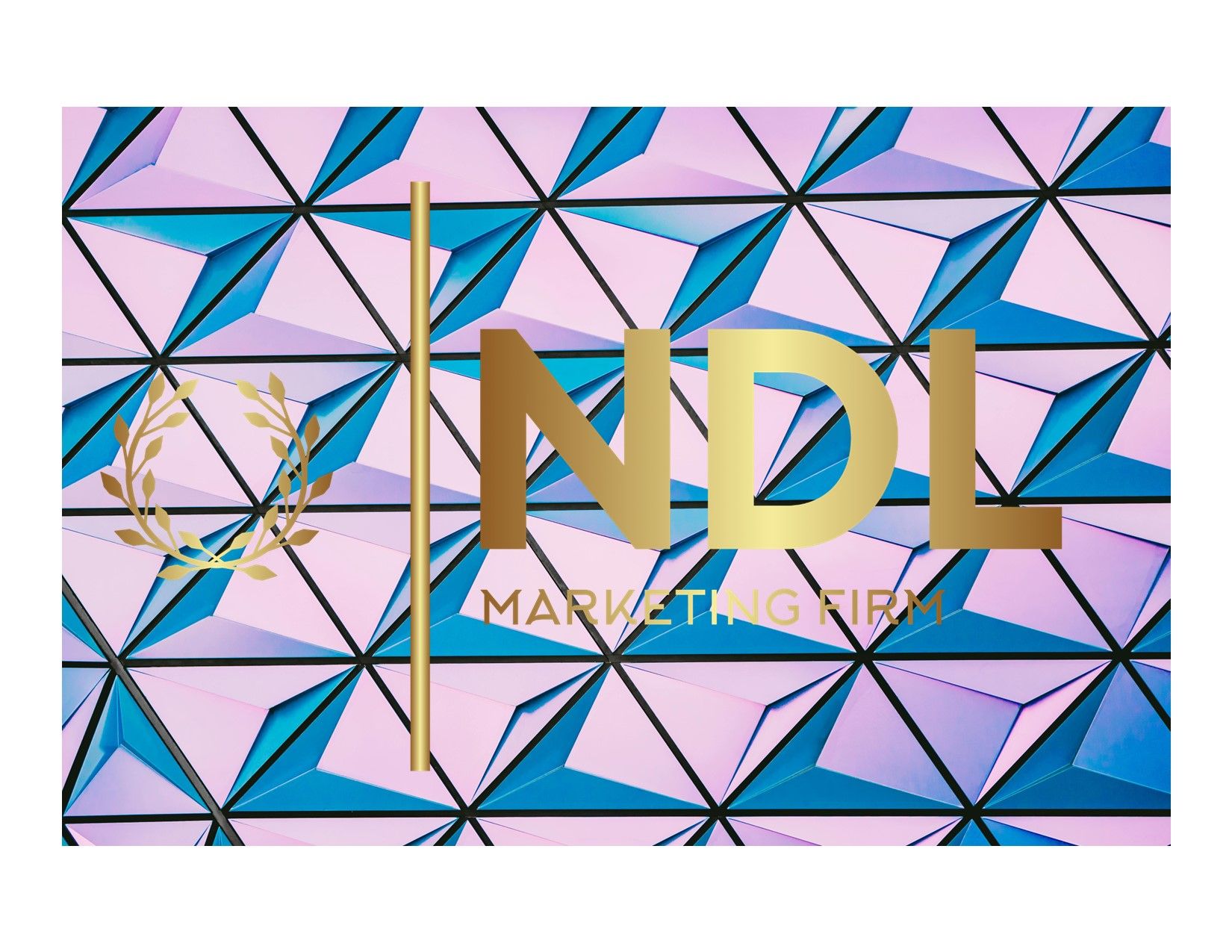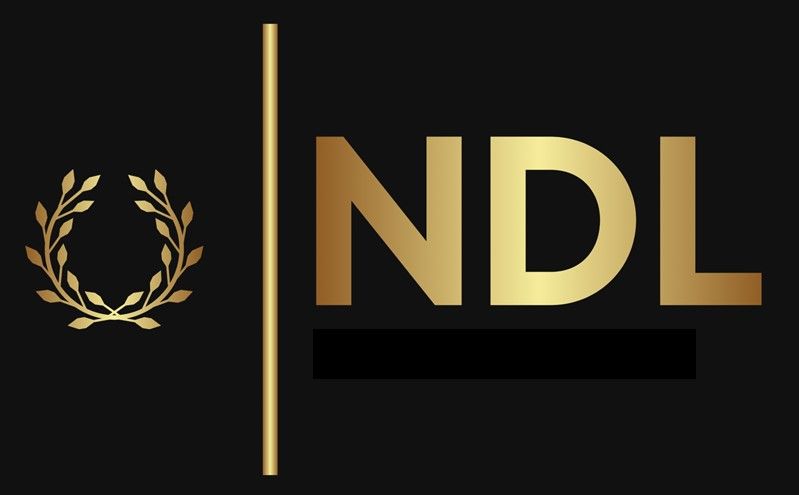Shape Theory in Design: Understanding the Psychology Behind Forms
Shape Theory in Design: Understanding the Psychology Behind Forms

In design, shapes are more than just visual elements—they communicate emotions, ideas, and messages. Whether you're working on a brand logo, a website layout, or a marketing campaign, shape theory can significantly impact how people perceive your designs.
1. Circles: Unity and Continuity
Circles are influential in their simplicity. They represent unity, wholeness, and continuity, often giving designs a feeling of completeness and harmony. Circles are calming, as they lack the sharp edges that create tension in other shapes. Brands usually use circles to evoke feelings of trust and community. For example, the Olympic rings symbolize global unity, while in spiritual contexts, circles are associated with cycles, like the circle of life or the Dharma Wheel in Buddhism.
2. Squares and Rectangles: Stability and Structure
Squares and rectangles bring a sense of reliability and stability to a design. These structured shapes reflect order, balance, and professionalism. They are commonly used in corporate logos and website layouts, where the goal is to portray strength and dependability. For instance, rectangles often organize content to make information more digestible for viewers, leading to a perception of trust and strength.
3. Triangles: Direction and Energy
Triangles are dynamic and can suggest movement or direction depending on their orientation. Pointing upward, triangles can symbolize growth and aspiration, making them a favorite in industries emphasizing innovation and progress. Triangles can create tension or guide the viewer's attention to a particular focal point when used in other orientations.
4. Curves and Organic Shapes: Comfort and Fluidity
Curved lines and organic shapes mimic the natural world, creating feelings of comfort and relaxation. These shapes are ideal when the goal is to produce a friendly, approachable design. Unlike the strict boundaries of squares or triangles, organic shapes convey a sense of creativity and flexibility, often seen in designs that evoke a more human connection.
By understanding shape theory, designers can intentionally select forms that evoke specific emotions or reactions from their audience. Whether you're building trust with circles, promoting stability with squares, or injecting energy with triangles, the psychological impact of shapes is a powerful tool for any design project.
Conclusion: Applying Shape Theory to Social Media Graphics
When crafting your social media graphics, consider how your shapes will resonate with your audience. Circles can make your posts feel more inclusive, while squares offer a sense of stability. For an energy boost, consider triangles. The psychology of shapes can elevate your designs, making them visually appealing and emotionally impactful. You can tailor your graphics to reflect your brand's tone and message, ensuring your audience feels connected and engaged.
Sources:
- dochipo.com on the psychology of shapes and circles in design
(253) 985-5403
Jon@ndlmarketingfirm.com
www.ndlmarketingfirm.com
Follow us on Facebook, YouTube, and LinkedIn.



